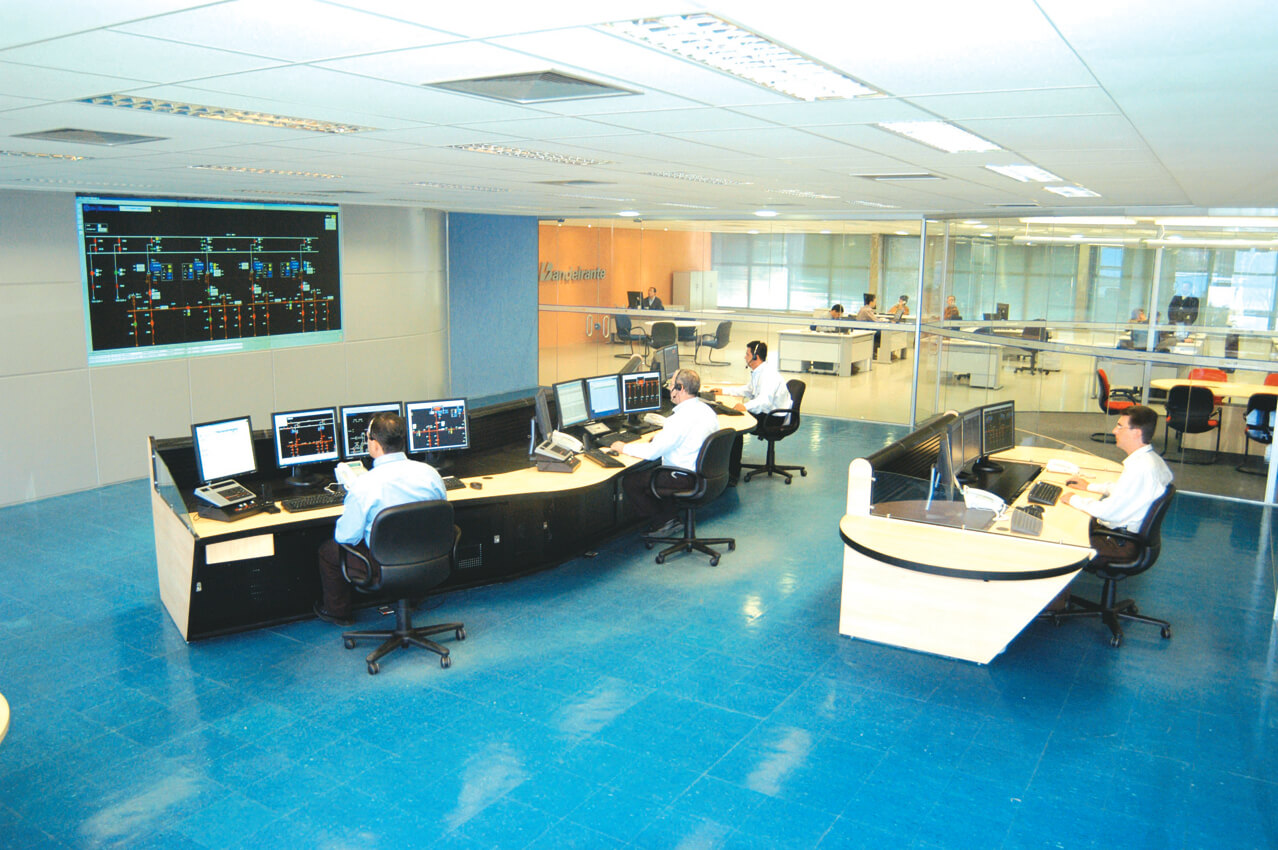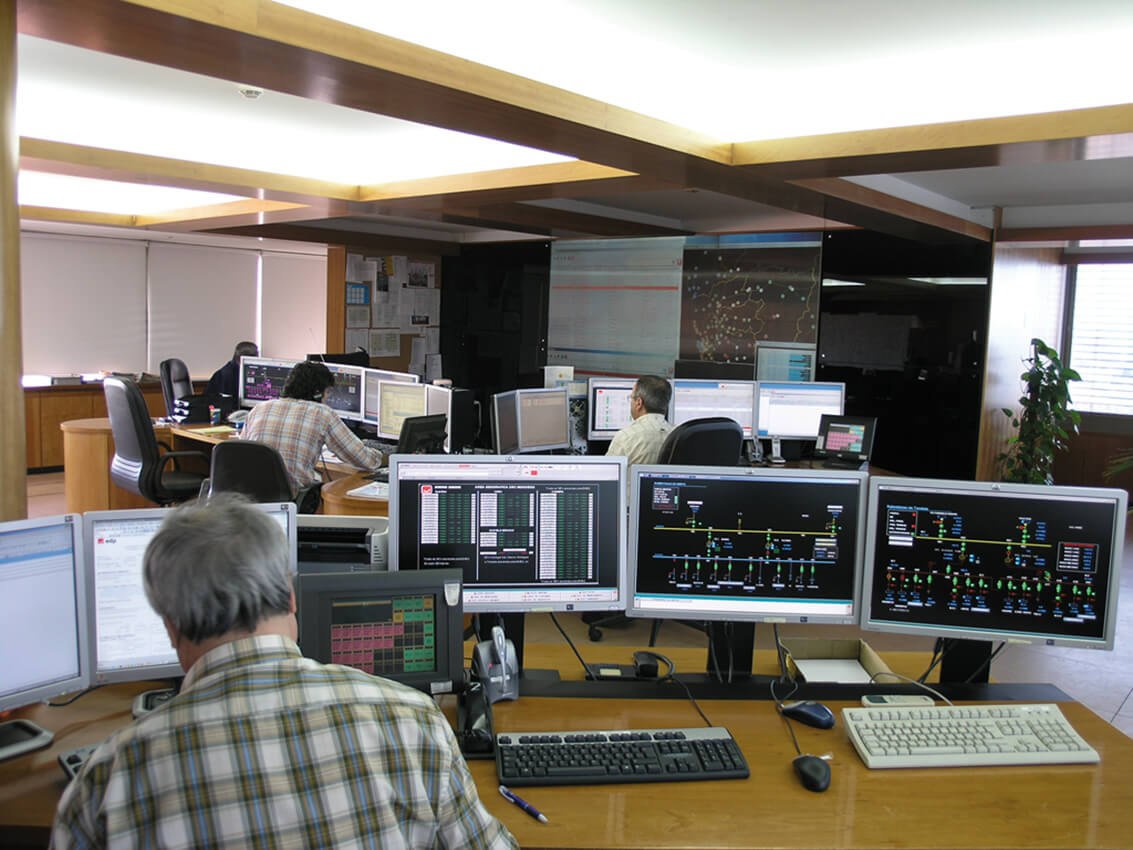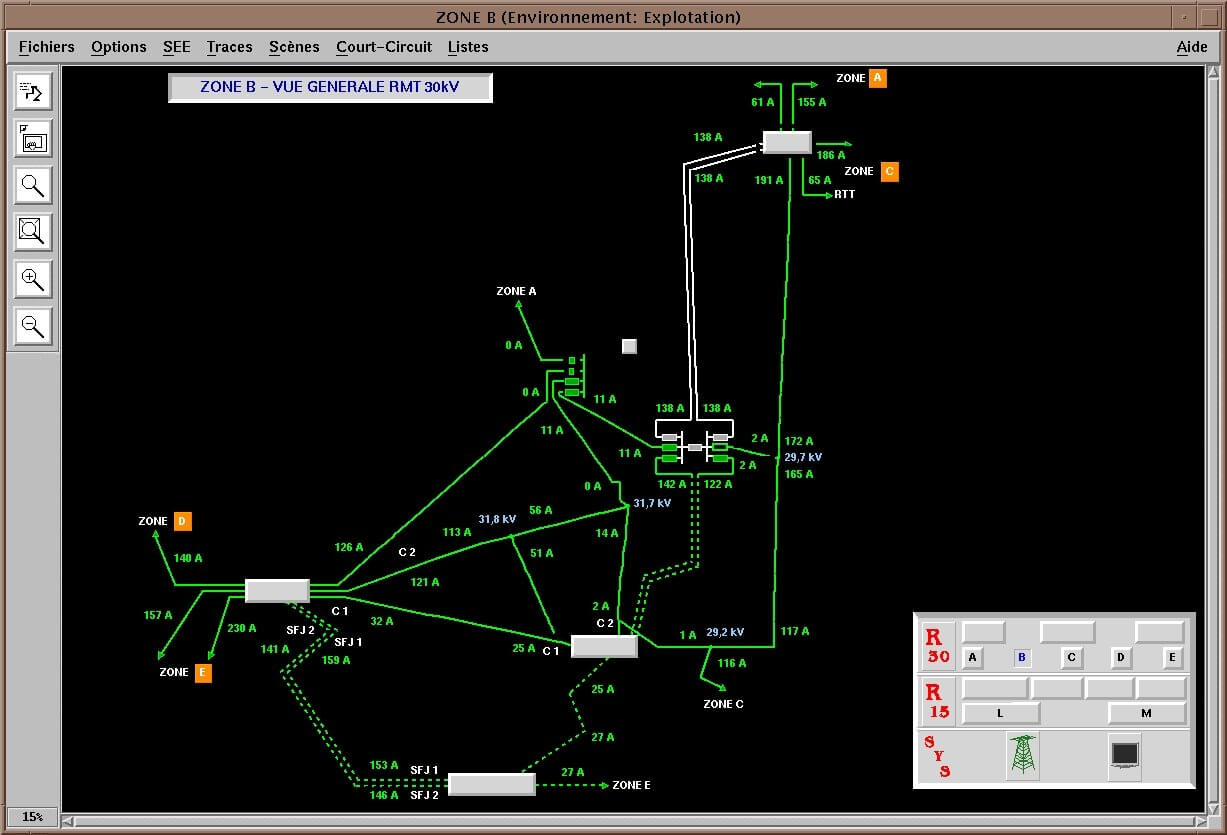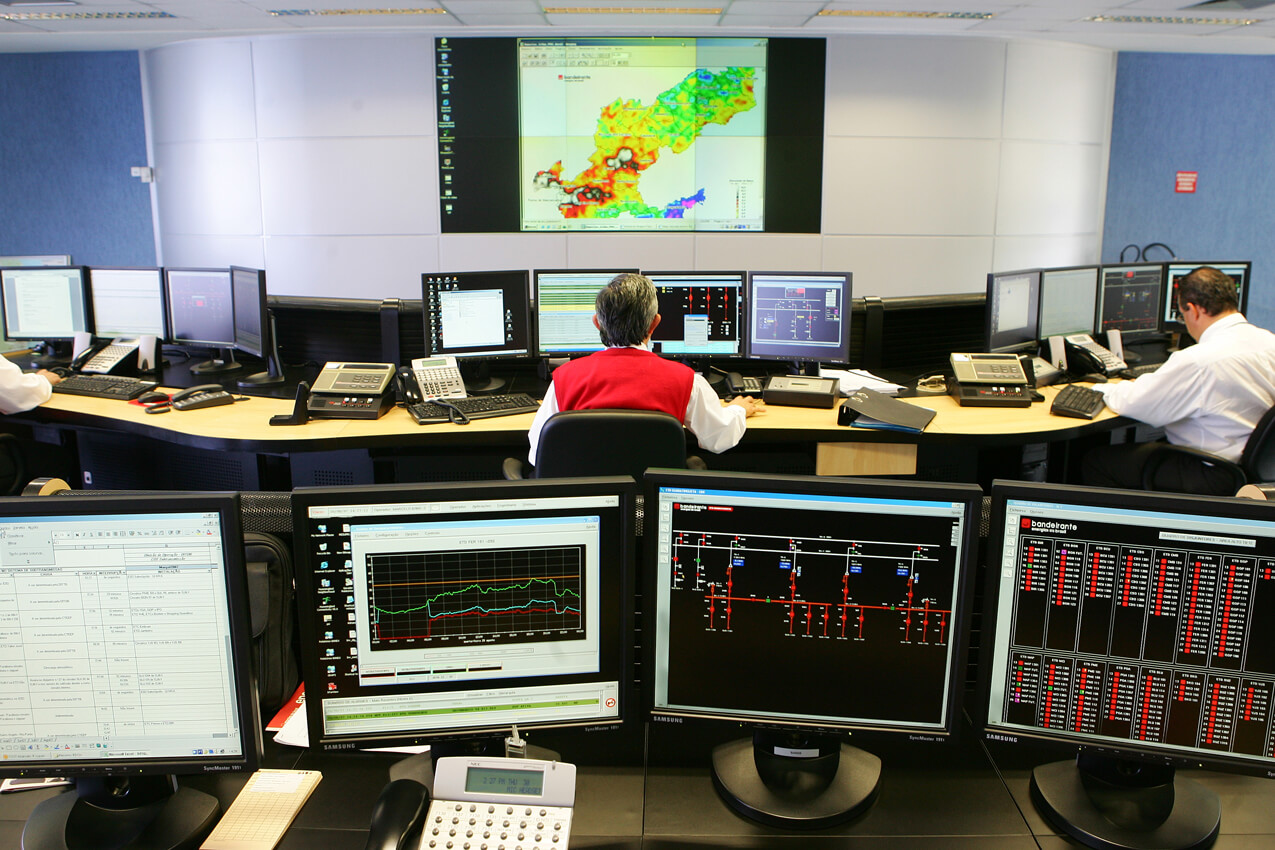The beginning
This story begins in the late eighties, when a paradigm shift began to take place in the electrical energy distribution networks, which shifted from being passive to active networks on account of accommodating local electricity production.
It was during this time that researchers at INESC TEC began to realise that something was changing, and therefore there was a need to develop new solutions, namely technologies that could support the planning and management of electricity distribution networks.
In the following decade, more precisely in 1996, the first opportunity for INESC TEC and EFACEC to work together in this area emerged. The collaboration between these two institutions started when EFACEC decided to upgrade their SCADA (Supervisory Control And Data Acquisition) system, which was itself the result of a collaboration between the two institutions, to a DMS (Distribution Management System) capable of competing in the international market.
The DMS concept was innovative at the time, as traditional distribution networks were poorly instrumented and their management based on the experience of the operators and on simple heuristic procedures. During this period, the use of technical network management systems was reserved for production and transportation systems, under the EMS (Energy Management Systems) name.
After the initial modules were supplied, the system was installed all over the world (CERN, Tunisia, Algeria, Romania, Vietnam, Brazil, Mozambique, Greece and Portugal), evolving to an EMS when the size and complexity of the electrical systems so required.
The collaboration between INESC TEC and EFACEC continued to develop with the supply of new modules capable of meeting the needs of the market and conforming to the technological and scientific evolution.
CERN's Data Acquisition and Supervisory Control Room






